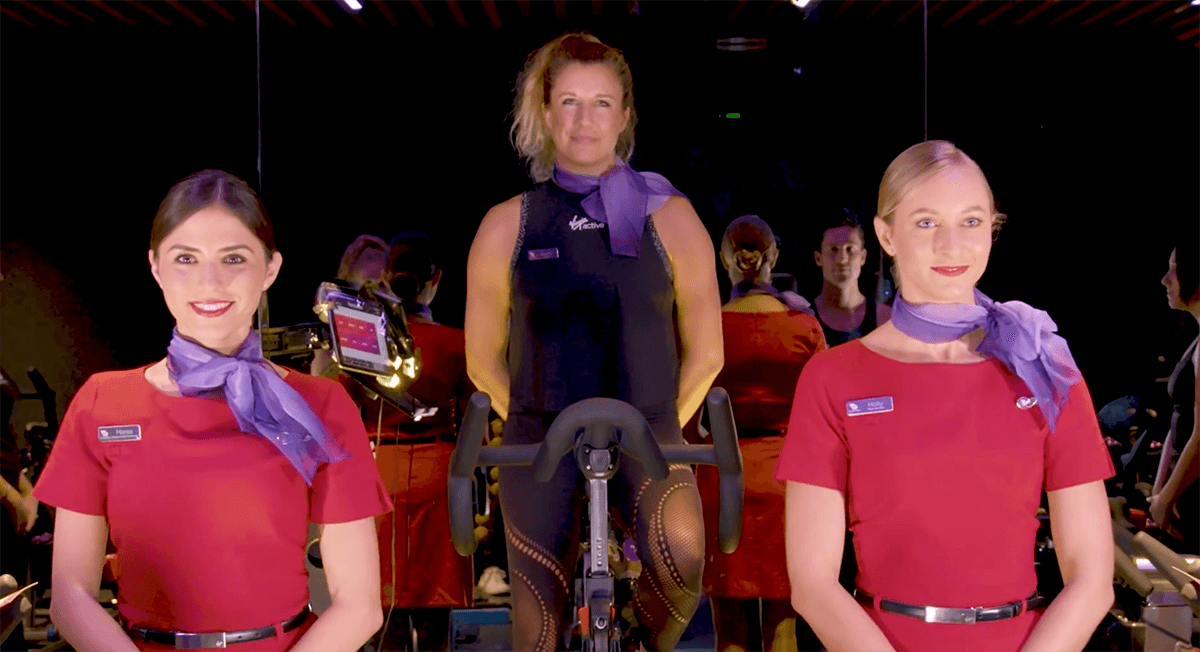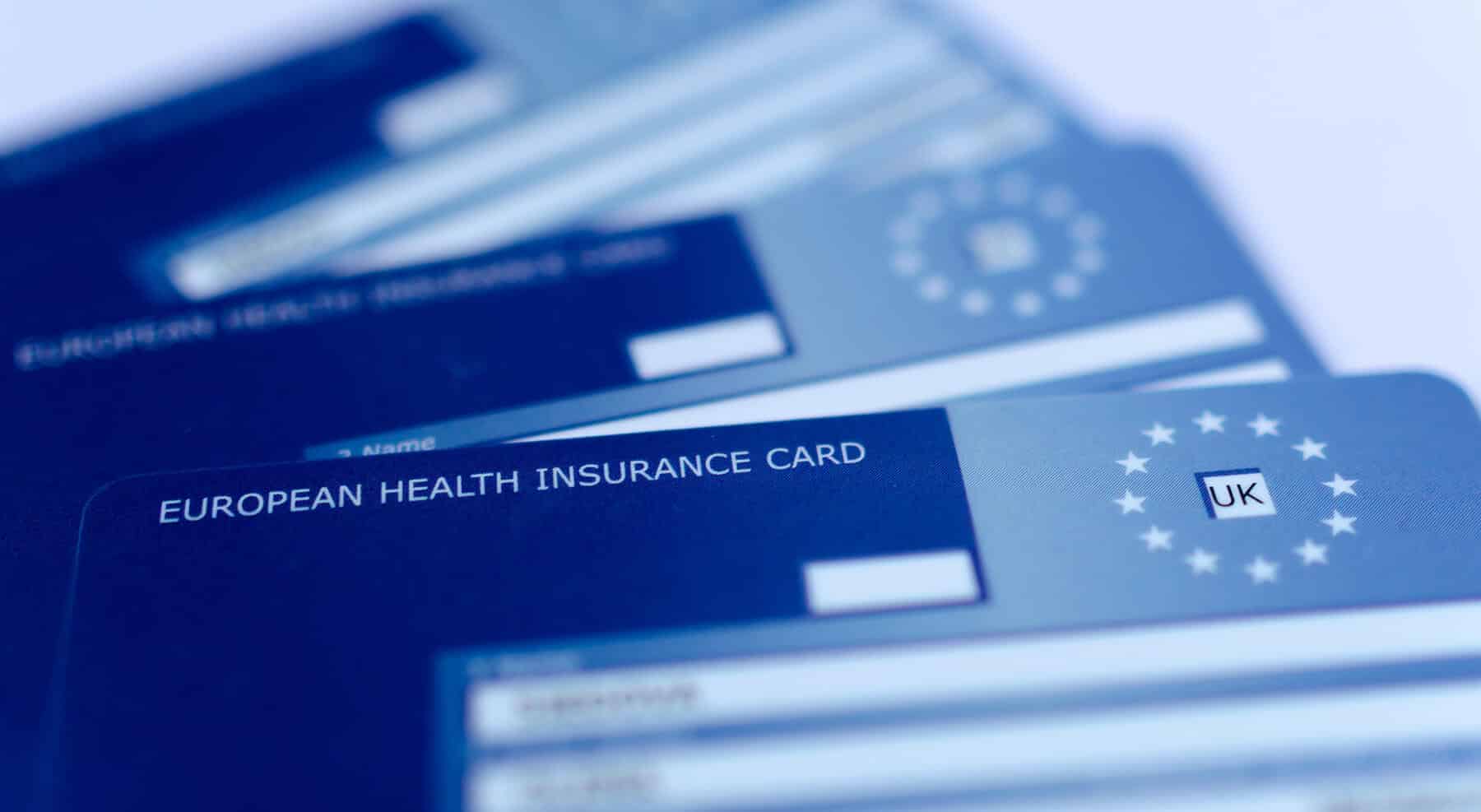Within every industry acronyms and jargon creep into emails and conversations, we’re here to demystify some of these in the below jargon buster blog! Let us know any further travel-related acronyms and jargon and we will endeavour to add them to the list.

STCR is the abbreviation for a stretcher. A stretcher is required for a patient who is unable to sit in a normal aircraft seat in the upright position due to an injury. Not all airlines offer stretchers and not all aircraft types can accommodate them. Airlines cost stretchers in different ways some will charge for 3 seats, some for 9 seats and some have a standard cost. A stretcher patient must be accompanied by a nurse or doctor escort provided by the insurance company and they will be taken directly to and from the aircraft by ambulance. 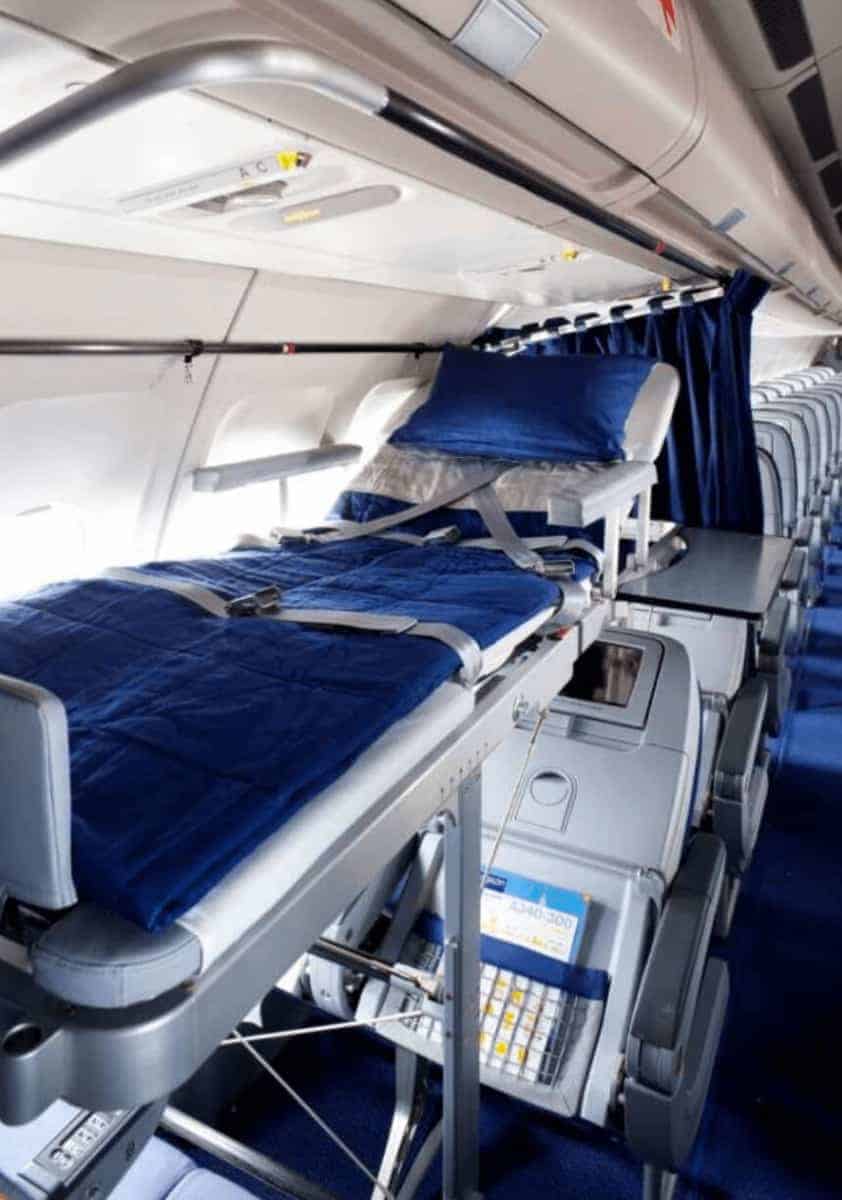
PTC is the abbreviation for Patient Transportation Compartment to explain this is a self-contained intensive care unit offered on long haul flights and is unique to Lufthansa. The PTC is installed in Frankfurt and flights and medical clearance can be obtained in 3-4 days. Lufthansa equips the PTC with state-of-the-art medical equipment and supplies and a fully qualified nurse, but the patient must also be accompanied by a medical escort employed by the insurance company. The PTC compartment is completely private to other passengers. The cost of a PTC in comparison to an air ambulance is considerably less and would not have a refueling stop, therefore, making the journey time shorter. 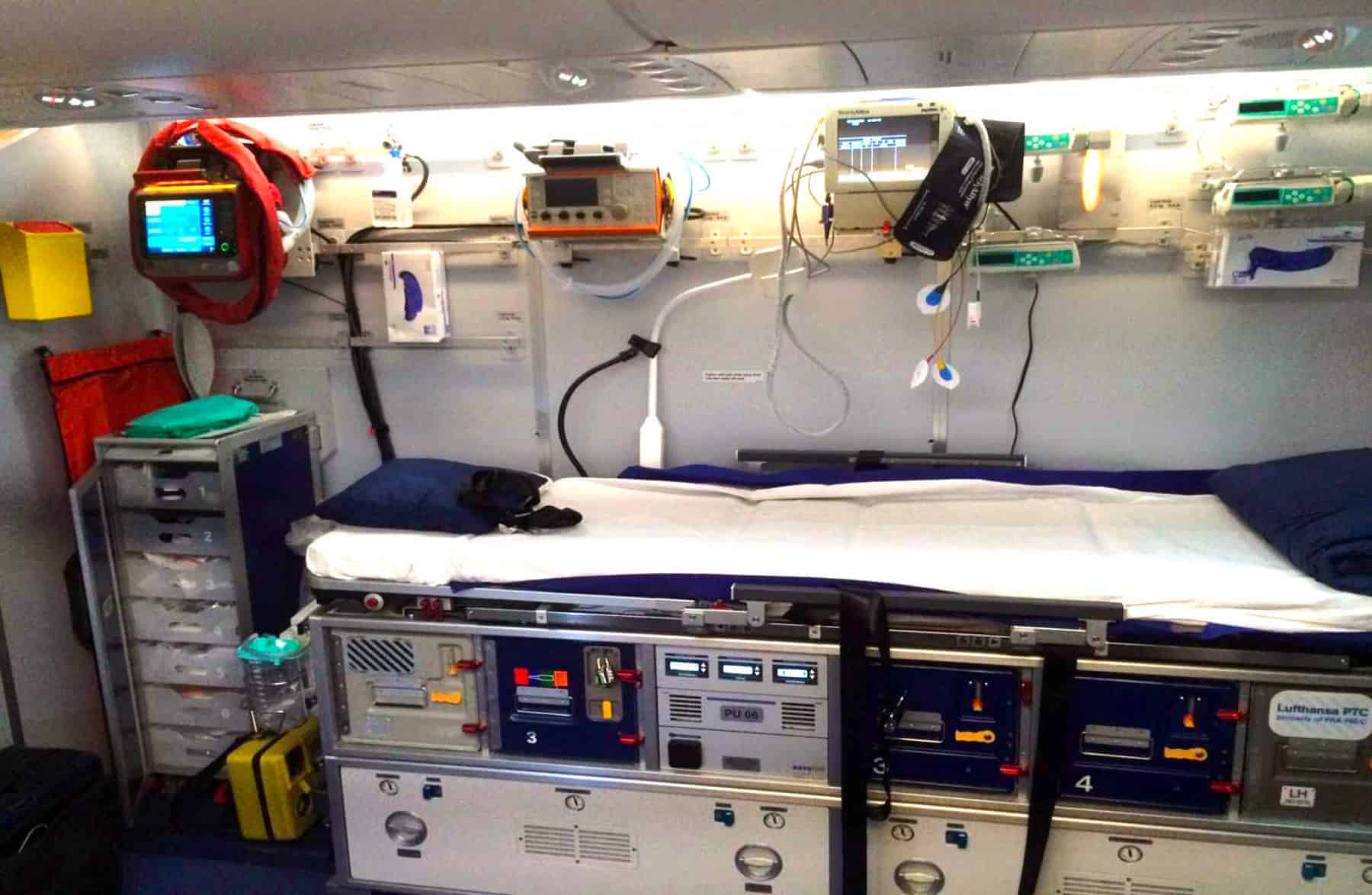
EXST is the abbreviation for extra seats. A patient may require extra seats for an arm or a leg injury or for comfort reasons and most airlines will allow this. Generally, for a leg injury the patient will require two extra seats to allow them to sit sideways and elevate their leg; the patient may have a cast or a brace. There are a few airlines that lower the seat in front of the patient so they can elevate their leg facing forward instead of sitting sideways. For an arm injury an extra seat is needed on the same side of the injury to protect the patient. An extra seat for comfort is usually requested if the patient has additional requirements i.e. a portable oxygen concentrator, mobility issues or if Business class is required but only economy class is offered/available.
NME is the abbreviation for Non-Medical Escort. An NME is generally used when the patient’s condition is not serious. A non-medical escort is someone who would not normally have any medical qualifications or experience but is someone the insurance company has decided are capable of assisting the patient on their homeward journey. An NME would usually be the patient’s travel companion, they would be seated in the same cabin as the patient and be able to assist with mobility and personal needs on a flight.
ME / ESC is the abbreviation for Medical Escort. A medical escort is someone who the travel insurance company would use the services of to help bring the patient home. A medical escort is generally used when the patients’ condition is serious, and they would possibly need medical intervention on their journey home or have special requirements such as inflight oxygen. A medical escort would usually be a qualified Doctor or Nurse or on occasion a Paramedic. If a patient is to be transported on a stretcher the airline will insist the patient is accompanied by a medical escort.
H.A.P is the abbreviation for home as planned to refer to the patients’ original return flight.
PP is the abbreviation we use for passport. 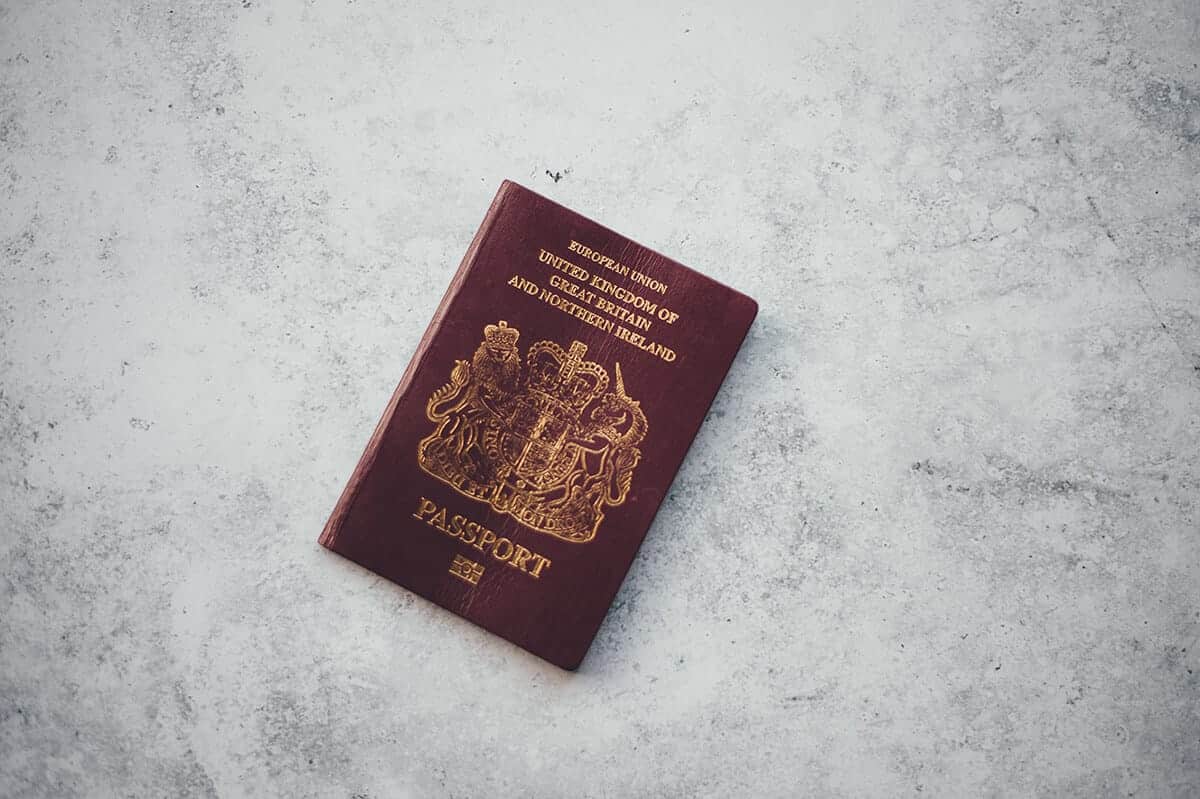
FTF is the abbreviation for a Fit to Fly letter also known as a Fit to Fly certificate. This is a document issued by the treating Doctor / Hospital which confirms the date the patient is fit to fly from, either to their home or to continue with their journey. The document should also include any special requirements the patient may need i.e. a lie-flat bed in business class, extra seats in economy class, and if the patient requires wheelchair assistance. The letter should be on headed paper and signed and stamped by the treating doctor. The fit to fly letter is presented at check-in and may need to be presented prior to boarding, it will also be checked on board and it is the Captain’s decision if he is happy to accept the patient on his flight.
WCHR is the abbreviation for wheelchair ramp when the patient requires assistance through the terminal to/from the aircraft and or gate but can manage the steps of the aircraft and no assistance is needed in the cabin.
WCHS is the abbreviation for wheelchair steps when the patients requires assistance through the terminal to/from the aircraft or gate and who cannot manage the aircraft steps unaided.
WCHC is the abbreviation for wheelchair carry when the patient is completely immobile and requires assistance to/from the aircraft and to/from their seat however, they can sit in a normal seat. Someone who requires a WCHC will need an NME or a medical escort to assist with their needs on board.
MEDIF is the abbreviation for medical information form. A MEDIF must be completed and submitted to the airline when the patient requires medical clearance. Each airline has their own MEDIF and own stipulations on how it should be completed; some airlines require the doctor to complete and sign it, some require the patient to sign the MEDIF and other airlines are happy for the insurance company to complete and sign the MEDIF. A MEDIF is usually required if the patient has had surgery, requires extra seats, is travelling with a medical escort, requires a stretcher or perhaps oxygen. A MEDIF should be submitted to the airline within their time frame for medical clearance.
MEDA is the abbreviation sometimes used for medical clearance. Medical clearance is permission for the patient to travel after the airline has evaluated the patient’s condition from the information provided on the MEDIF. Most airlines, once they have received the MEDIF, will take between 24 and 72 hours to process the clearance, occasionally they will also ask for a medical report from the treating doctor/hospital if they need more detailed information. Even after clearance is granted the patient must still present at the airport in a fit to fly state or will not be allowed to travel. Medical clearance is almost always needed for a patient on a stretcher if extra seats are needed if oxygen is required and mostly if the patient has had surgery.
POC is the abbreviation for a portable oxygen concentrator. A POC can be used by a patient that requires medical oxygen and the airline does not provide it. A POC is a battery-powered machine that draws in the surrounding air purifies it and then delivers it to the patient as oxygen usually via a nasal canular. The medical escort will have access to a P.O.C from the insurance company and will take the equipment out for the patient to use on their homeward flight. The P.O.C must be on the Federal Aviation Administration approved list.

